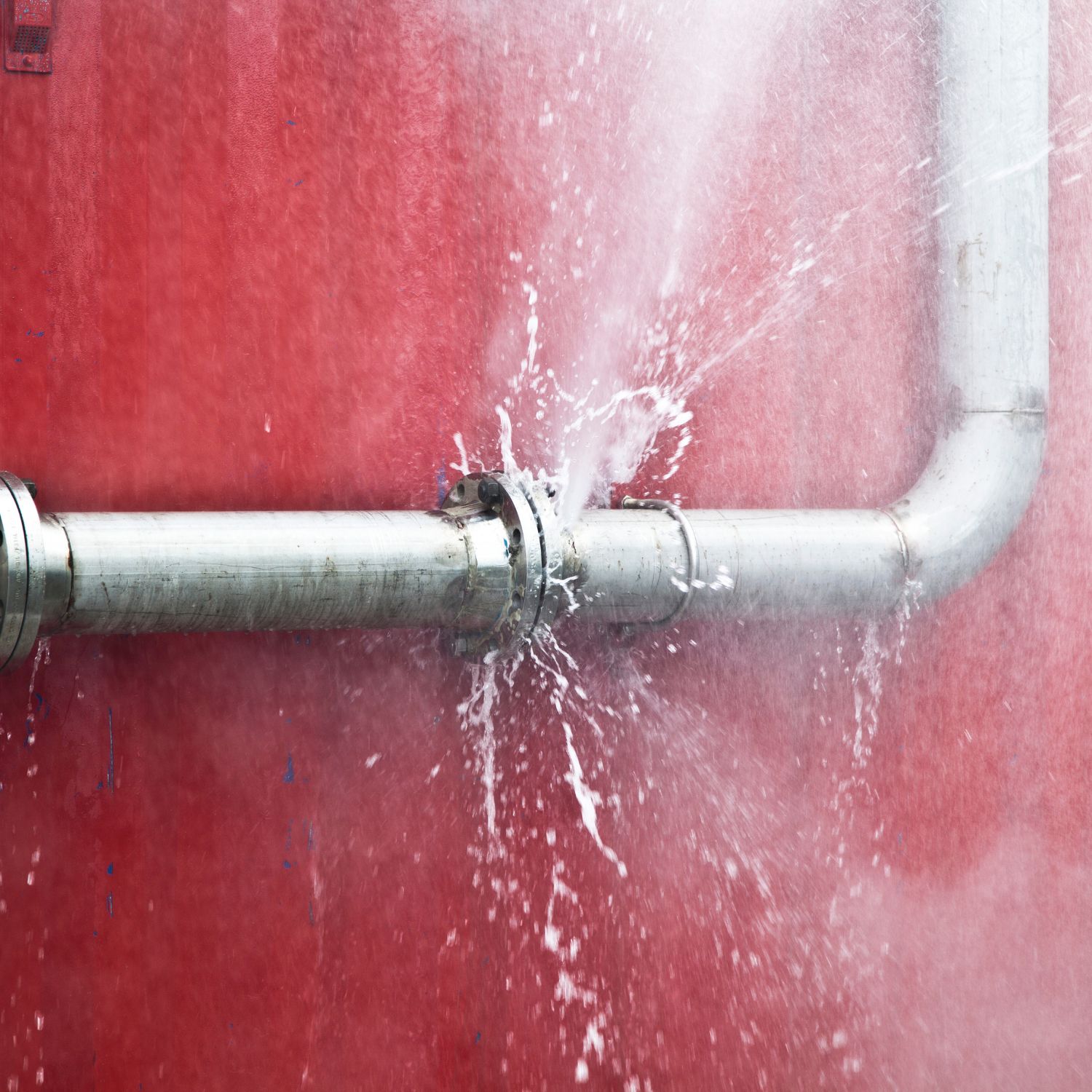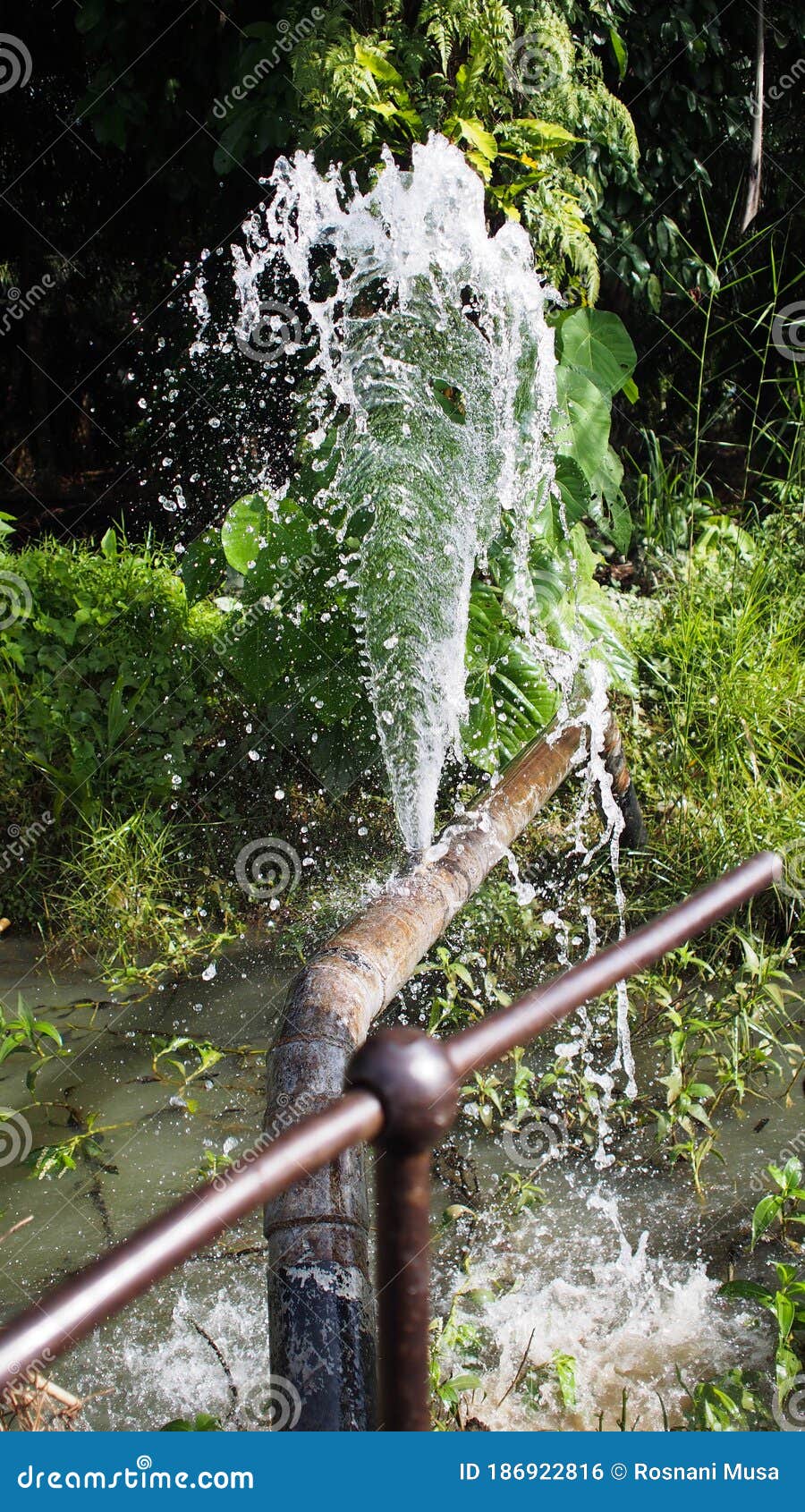Preventing a Burst Pipe: Tips for Protecting Your Plumbing During Winter
Preventing a Burst Pipe: Tips for Protecting Your Plumbing During Winter
Blog Article
What to Do When a Pipeline Bursts: Immediate Steps for Property Owners
A pipeline ruptured can be a house owner's worst problem, leading to considerable damage if not dealt with promptly. The instant reaction is critical: initially, situate the resource of the leakage and shut down the major water shutoff to avoid additional flooding. Following this, draining the pipes comes to be important to reduce added issues. Several property owners overlook the value of documenting the damages for insurance coverage cases, and the procedure doesn't end there. Understanding the detailed steps to take can have an extensive effect on recovery and restoration initiatives. What adheres to following is essential for reliable resolution.

Evaluate the Scenario
Begin by determining the resource of the leak; this might include checking the area around the burst pipe for noticeable indicators of water retreat. If the ruptured took place in a hidden area, such as within a wall surface or under a floor, look for water stains or merging that might show the area.
Next, assess the surrounding setting for risks. Examine for electric cables that may be subjected to water, as this presents a substantial danger of electrocution. Furthermore, keep in mind of any useful products or furniture that might go to threat of water damages. Recognizing the scale of the circumstance will certainly assist you prioritize your next activities successfully.
Recording the damages via pictures can also be beneficial, specifically for insurance policy cases. Time is essential, as standing water can cause mold and mildew growth and additional architectural damage. By extensively examining the situation, you will certainly be better prepared to take the necessary actions to alleviate additional concerns arising from the burst pipe.
Shut Down the Water
The instant priority after determining a burst pipeline is to turn off the water to avoid further flooding and damage. Locate the main shut-off valve, normally found near the water meter, in the cellar, or on an exterior wall surface. Turning this valve clockwise will stop the circulation of water throughout your home, minimizing the risk of comprehensive water damages.
If you are unable to discover the major shut-off valve or if it is malfunctioning, you might need to close off specific valves linked to the impacted pipeline, if available. Some homes likewise have secondary valves for specific devices, such as washing devices or dish washers.
It's recommended to familiarize yourself with the location of these shutoffs prior to an emergency situation happens, as this knowledge can save useful time throughout a crisis. In case the major shutoff is stuck or hard to transform, do not force it; rather, take into consideration seeking specialist help.
Once the water is turned off, take a moment to analyze the situation additionally while getting ready for the next steps, guaranteeing that your home is as protected as feasible from extra water invasion.
Drain the Pipelines
After turning off the water system, it is very important to drain the pipes to decrease any remaining water that could result in added damage. Begin by opening up all taps in the home, beginning with the greatest level to the most affordable. This procedure urges the water to drain completely, permitting gravity to assist in removing recurring water from the pipelines.

Be cautious when draining pipes hot water, as it click to investigate can trigger burns. Correctly draining the pipelines is essential to protecting against additional complications and aids guard your home from added water damages during this stressful circumstance.
Call a Professional
In the wake of a burst pipeline, speaking to a professional plumbing technician is crucial to make sure a detailed assessment and effective repair services. Attempting to deal with the situation without expert assistance can bring about further damage and problems. A certified plumbing possesses the proficiency and specialized tools required to identify the source of the leak and address it successfully.
When selecting a plumbing technician, focus on those with a strong track record and relevant experience in emergency plumbing solutions. Inspecting on-line testimonials, getting references, and confirming qualifications can assist you make an enlightened selection. It is suggested to call numerous professionals to contrast action times, estimated costs, and solution offerings.
As soon as you have actually engaged a plumbing, offer them with as much information as feasible about the occurrence, consisting of the place of the ruptured pipe and the actions you have already taken. This details will aid them in diagnosing the concern swiftly and accurately.
File the Damages
As soon as a plumbing technician has been spoken to and the prompt issues attended to, it is important to record the damage caused by the burst pipeline. Begin by taking clear photos of the impacted locations, focusing on noticeable damage official site to wall surfaces, flooring, and home furnishings.
Following, compile a breakdown of harmed items, including their approximate value and any type of pertinent purchase info. This supply should encompass irreversible components, personal items, and any kind of architectural damages observed. Include the estimated cost of repair services based on specialist assessments or previous quotes for comparable work. if possible.
In addition to visual and written documentation, keep documents of any kind of communications with your plumbing professional and insurance company. By taking these actions, you will certainly be better prepared to navigate the after-effects of the occurrence.

Conclusion
Immediate assessment of the scenario, complied with by shutting off the major water supply, is essential. Draining pipes the pipes and recording the damages guarantees appropriate handling of the event for insurance coverage purposes.
The instant top priority after recognizing a ruptured pipeline is to close off the water supply to protect against more flooding and damages. Transforming this shutoff clockwise will quit the flow of water throughout your home, reducing the danger of substantial water damage.
After closing off the water supply, it is crucial to drain the pipes to reduce any type of staying water that might lead to added damages. For homes with a warm water heater, you should additionally drain the tank by attaching a tube to the drainpipe valve and guiding the water right into an appropriate container or exterior.
Correctly draining the pipelines is crucial to avoiding more difficulties and helps protect your home from additional water damage during this difficult circumstance.
Report this page